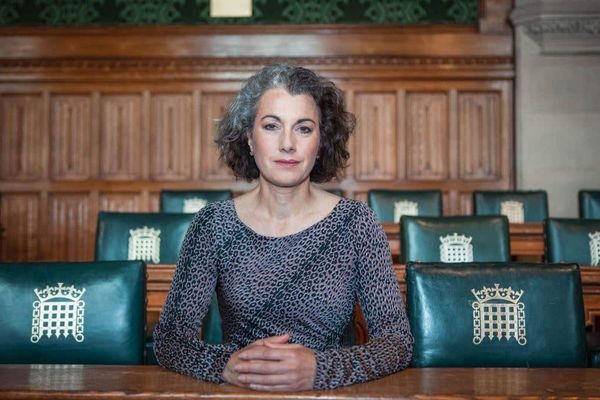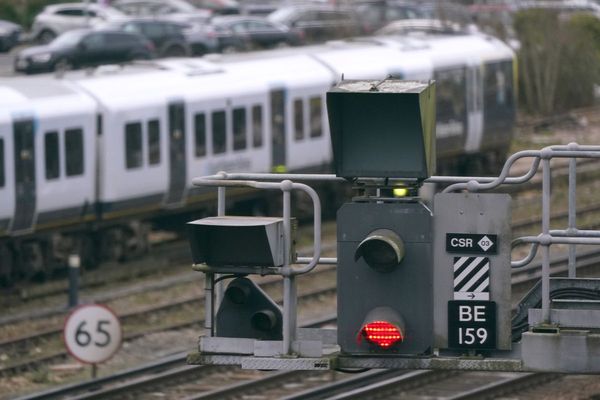Households reeling from rising energy bills face even higher costs, with prices set to go up by another £600 from October.
Last week 90% of households were told to expect eye-watering energy bill increases averaging £693 this year.
That is because of a rise in the price cap by energy regulator Ofgem. This cap limits how much the average home pays for energy if they are on a variable-rate tariff, which almost all homes are.
That cap rose 54% to £1,971 last week, but could rise another £600 when the cap is next reviewed in October, experts warn.
This would take the typical yearly household energy bill to £2,571, according to analysts Cornwall Insight.
However, there is still help available to make energy bills more manageable, ranging from government cash to energy bill rebates.
These are the options still open for people struggling with their energy costs.
But then energy bills started rising.
Fixed rate deals became so expensive that most homes swapped to variable rate tariffs instead - around 91% of us.
In a situation no-one had predicted, the price cap became a lifesaver for households, as it limited how much they could be charged a year.
How does the energy price cap work?
Despite what its name suggests, the price cap isn't a limit on how much you pay for energy - but it does work a bit like that in practice.
It is actually a limit on the rates a supplier can charge for each unit of gas and electricity you use.
It is reviewed twice a year, in April and October.
It was introduced in 2019 and is based on a number of factors including the wholesale cost of power in the previous six months.
How much did energy bills go up last week?
The Ofgem energy price cap for those on default tariffs who pay by direct debit rose by £693 from £1,277 to £1,971 from April 1.
Prepayment customers will see a bigger jump, with their price cap going up by £708, from £1,309 to £2,017.
A year ago most Brits were on fixed rate energy deals because these were almost always the cheapest.
Energy firms competed to drive down prices and sign up new customers, which worked out to consumers' advantage.
Before bills started rising in September last year most people would only be on variable rate deals because their fixed rate deal had ended and they hadn't taken out a new one.
But then energy bills started rising.
Fixed rate deals became so expensive that most homes swapped to variable rate tariffs instead - around 91% of us.
In a situation no-one had predicted, the price cap became a lifesaver for households, as it limited how much they could be charged a year.







